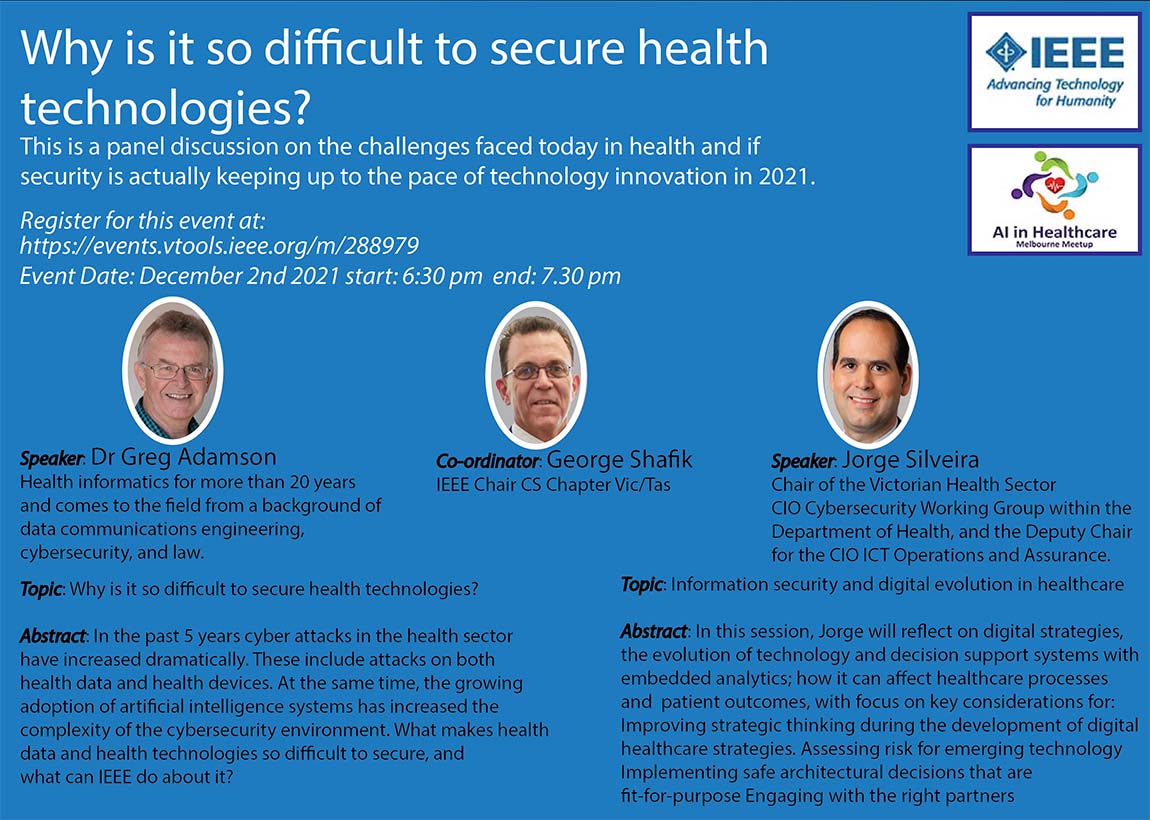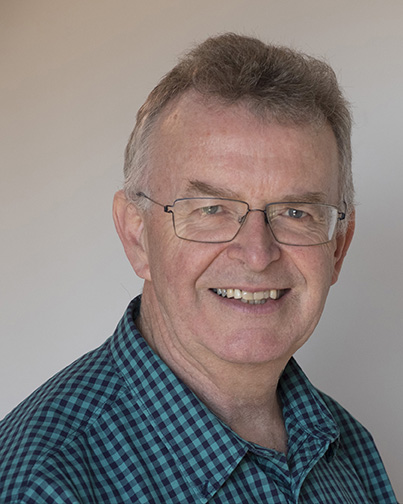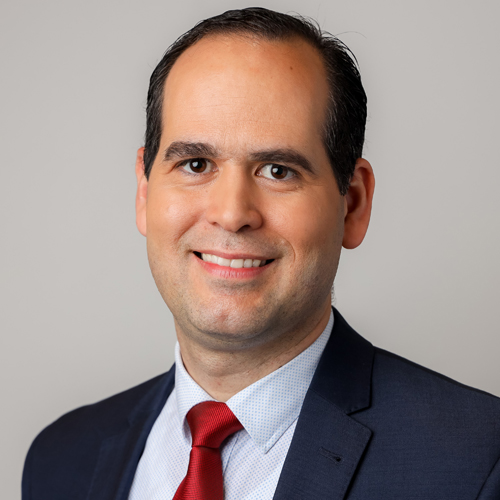Why is it so difficult to secure health technologies ?

We discuss the challenges when securing health technologies in today's fast-paced world.
Date and Time
Location
Hosts
Registration
-
 Add Event to Calendar
Add Event to Calendar
Loading virtual attendance info...
- Contact Event Host
-
Vic/Tas CS Chapter Chair
- Co-sponsored by George Shafik
Speakers
 Dr Greg Adamson
Dr Greg Adamson
Secure Health Technologies
Topic: Why is it so difficult to secure health technologies?
Abstract: In the past 5 years cyber attacks in the health sector have increased dramatically. These include attacks on both health data and health devices. At the same time, the growing adoption of artificial intelligence systems has increased the complexity of the cybersecurity environment. What makes health data and health technologies so difficult to secure, and what can IEEE do about it?
Biography:
Dr Greg Adamson has worked in health informatics for more than 20 years and comes to the field from a background of data communications engineering, cybersecurity, and law. He works as a cybersecurity consultant and chairs the IEEE Standards Association industry connection Meta Issues in Cybersecurity. He is Technical Activities Vice President for the IEEE Society on Social Implications of Technology.
Email:
 Jorge Siveira of AI Healthcare
Jorge Siveira of AI Healthcare
Secure Health Technologies
Topic: Information security and digital evolution in healthcare
Abstract: In this session, Jorge will reflect on digital strategies, the evolution of technology and decision support systems with embedded analytics; how it can affect healthcare processes and patient outcomes, with focus on key considerations for:
- Improving strategic thinking during the development of digital healthcare strategies
- Assessing risk for emerging technology
- Implementing safe architectural decisions that are fit-for-purpose
- Engaging with the right partners
Biography:
Jorge Silveira is the Chief Digital Health Officer at top 5 global provider of assisted reproductive services, Virtus Health.
Jorge has supported the implementation of various digital technology projects in Australia and overseas, including the first e-Business portal for the automobile industry in Latin America, Africa and the Middle East for General Motors in the late 90s; the implementation of the Australian-first Stroke Telemedicine (VST) program across regional health services; the implementation of the Victorian-first digital electrocardiogram (ECG) in regional Victoria and the introduction of new information security technology in Australia, which led to the update of the Australian Federal Government Information Security Manual (ISM) to incorporate new erasure methods into the list of controls for media sanitisation.
Jorge was the chair of the Victorian Health Sector CIO Cybersecurity Working Group within the Department of Health, and the deputy chair for the CIO ICT Operations and Assurance Working Group, supporting government initiatives to define standards and programs to improve technology and cybersecurity maturity across the public health sector. As a qualified auditor, Jorge conducted a number of ICT governance, operations and information security reviews for various health services throughout his career.
A true believer that technology and people are key enablers to assist us re-inventing ourselves and improve ways we work. Jorge was named Top50 CIO in the 2020. Digital innovation and information security is no doubt, at the forefront of his digital strategies.
Email:

